Introduction to Succulent Plants
Succulent plants, renowned for their unique and attractive forms, have gained immense popularity as houseplants in recent years. These fascinating botanical specimens possess distinctive characteristics that set them apart from traditional flora. In essence, succulents are plants that have adapted to arid conditions by developing thick, fleshy tissues capable of storing water, allowing them to thrive in environments with limited moisture.
Their morphology is striking, often characterized by specialized leaves or stems that appear plump and vibrant, reflecting their ability to retain water. This adaptation is particularly beneficial in drought-prone areas, where succulents have evolved to maximize water conservation. Coupled with their resilience, these plants often display a wide variety of shapes, colors, and textures, making them ideal for ornamental purposes and enhancing the aesthetic appeal of homes and gardens.
In addition to their captivating appearance, succulents have garnered interest for their low maintenance requirements, making them a practical choice for individuals seeking to incorporate greenery into their living spaces without the burden of extensive care. Their hardiness allows them to thrive under varied conditions, from bright, sunny windowsills to shaded corners, thereby appealing to a diverse audience of plant enthusiasts.
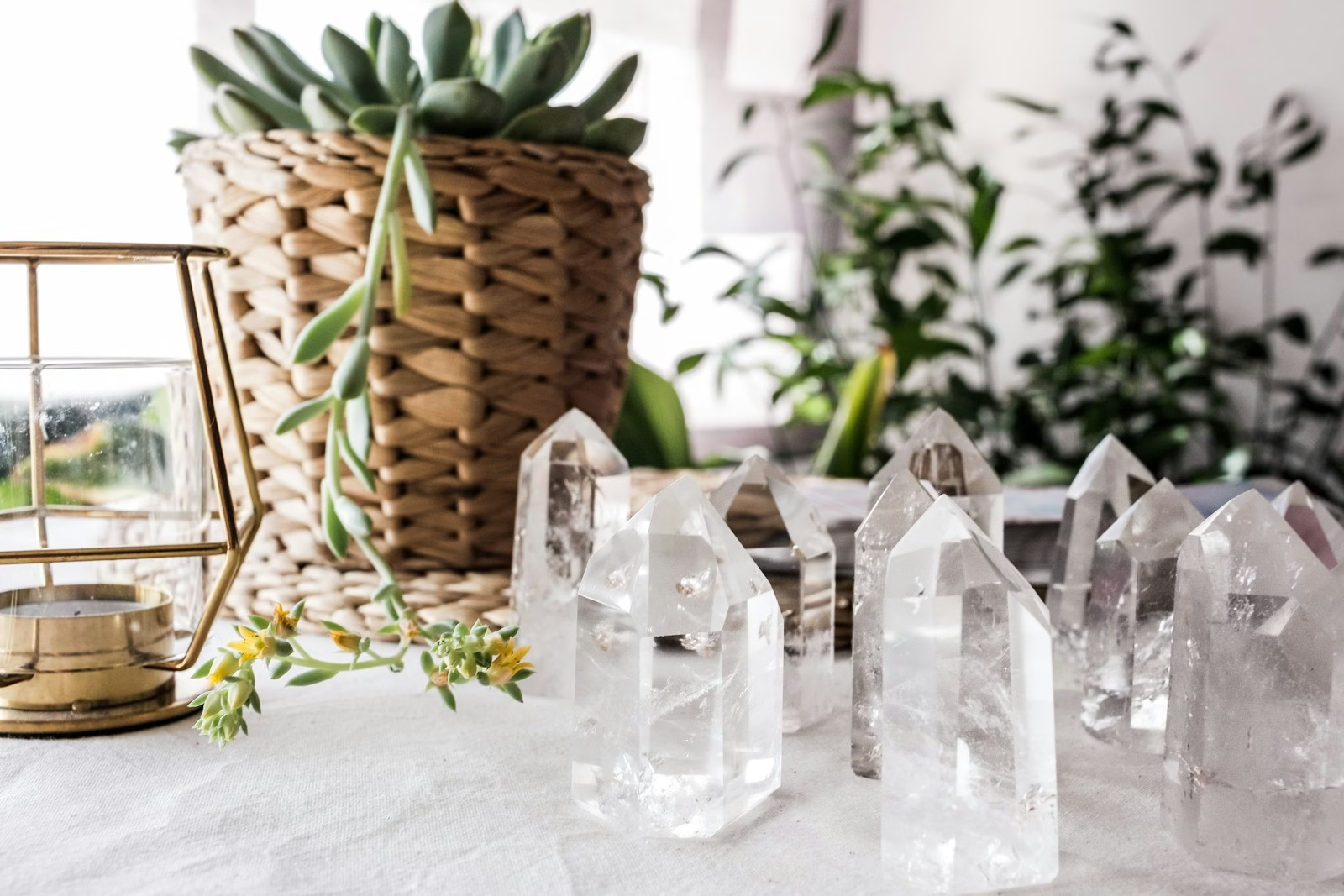
As we delve deeper into the world of succulents, it is essential to highlight their medicinal properties, which have been recognized and utilized for centuries. Many cultures have employed succulents for their healing attributes, leveraging their natural compounds for various therapeutic purposes. Thus, the exploration into the medicinal benefits of these remarkable plants not only highlights their aesthetic value but also underscores their potential contributions to wellness.
The Science Behind Healing Properties
Succulents, renowned for their aesthetic appeal, have increasingly garnered attention for their potential medicinal properties. Research indicates that various succulent species contain a plethora of biochemical compounds, including flavonoids, saponins, and alkaloids, which can exhibit therapeutic effects. These compounds have been studied for their antioxidant, anti-inflammatory, and antimicrobial properties, offering intriguing insights into the potential health benefits of these plants.
One notable example is the Aloe vera plant, a succulent that has been utilized for centuries in traditional medicine. Modern studies have confirmed that Aloe vera gel possesses healing properties, primarily due to its rich composition of vitamins, enzymes, and polysaccharides. Research has demonstrated that topical application of Aloe vera can accelerate wound healing and hydrate the skin, showcasing its effectiveness against a variety of skin conditions.
Further empirical evidence supports the use of other succulents, such as Sedum and Echeveria species. A study highlighted the anti-inflammatory effects of Sedum, which are potentially linked to its high concentration of saponins. These compounds may help mitigate inflammation and promote healing in various tissues within the body. Echeveria, another popular succulent, has also been investigated for its antioxidant properties, which can combat oxidative stress and support overall health.
Historically, many cultures have recognized the healing properties of succulents. Indigenous populations have long relied on these plants for treating ailments ranging from skin irritations to digestive issues. This traditional knowledge is now being validated by contemporary science, paving the way for the incorporation of these plants into modern herbal medicine.
As research progresses, the understanding of how succulents can contribute to health continues to evolve, emphasizing the importance of these resilient plants in both traditional and contemporary healing practices.

Aloe Vera: The Natural Healer
Aloe Vera, scientifically referred to as Aloe barbadensis miller, is a renowned succulent that has been utilized for centuries due to its remarkable healing properties. This resilient plant thrives in arid environments, making it an ideal companion for many homes and gardens. Its fleshy leaves are packed with a gel-like substance laden with vitamins, minerals, and amino acids, contributing to its status as a natural healer.
One of the most celebrated uses of Aloe Vera is in skincare. The gel extracted from its leaves is known for its soothing effects on sunburns, minor burns, and skin irritations. When applied topically, it acts as a humectant, retaining moisture and providing hydration to the skin. Its anti-inflammatory properties help reduce redness and swelling, making it an invaluable remedy for those with sensitive skin. Aloe Vera can also aid in the healing of acne scars and wounds, promoting quicker skin regeneration.
Beyond its topical applications, Aloe Vera supports internal health as well. Consuming Aloe Vera juice can aid digestion and provide relief from gastrointestinal disorders. The antioxidants found within the plant assist in detoxifying the body, lending support to the immune system. However, it is crucial to consume it in moderation, as excessive intake may lead to adverse effects.
For optimal results, one can utilize Aloe Vera in various ways. A simple method is to slice a leaf and scoop out the gel for direct application onto the affected skin area. For internal medicinal use, ensure that the juice is properly processed to avoid any potential laxative effects associated with its latex. Incorporating Aloe Vera into daily routines can enhance both skin health and overall wellness.
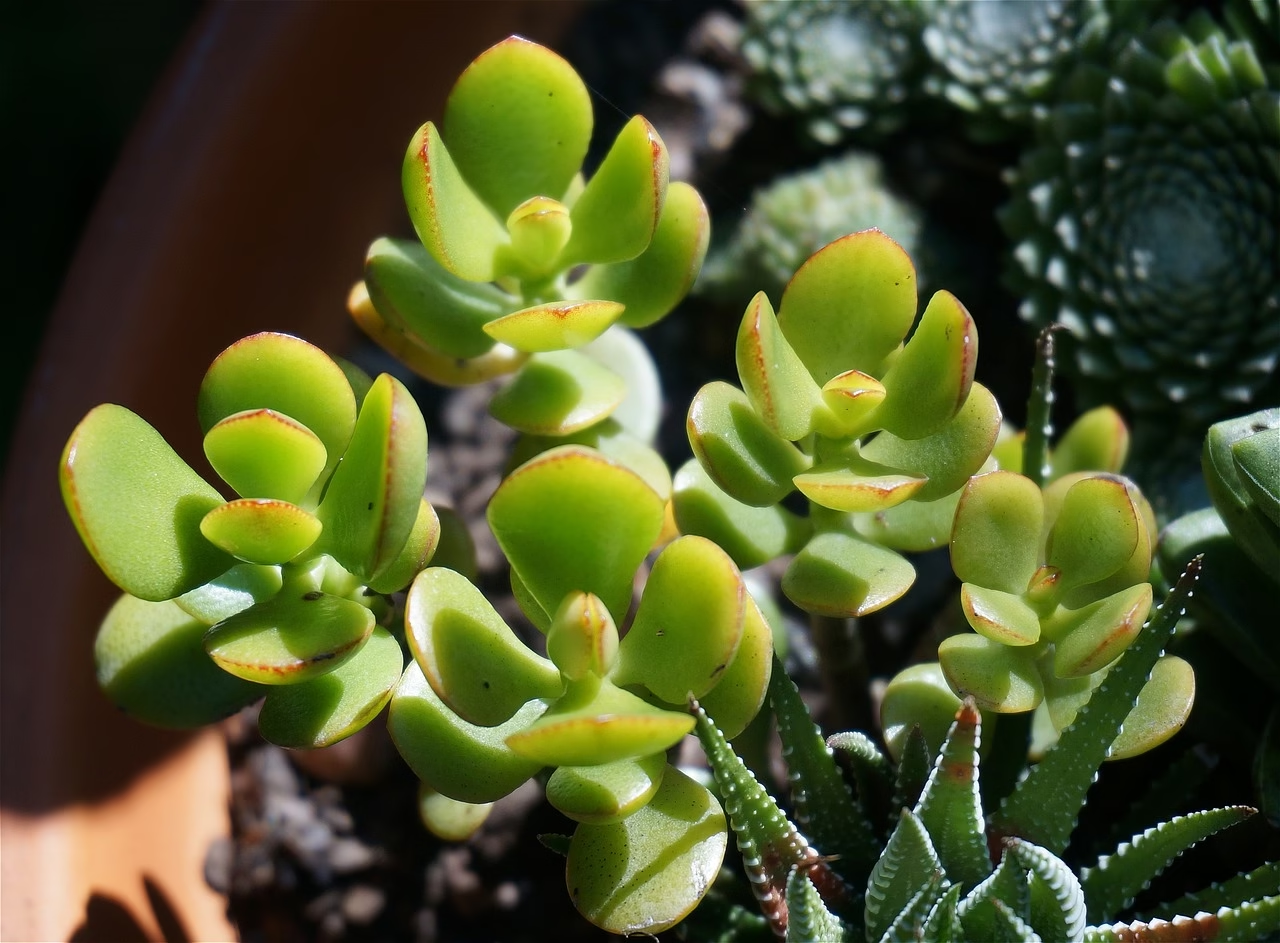
Jade Plant (Crassula ovata): More Than Just Luck
The Jade Plant, scientifically known as Crassula ovata, has a rich history steeped in cultural significance and traditional uses that extend beyond its aesthetic appeal. Often referred to as the “money tree,” this succulent is believed by many to bring prosperity and good fortune. Its thick, glossy leaves symbolize abundance and are thought to attract wealth and positive energy. In various cultures, particularly in Asian traditions, the Jade Plant occupies a prominent space as a popular houseplant that embodies luck.
Aside from its financial connotations, the Jade Plant has been associated with enhanced well-being. Traditional practitioners have touted its health benefits, including stress reduction and improved emotional stability. The simple act of nurturing this succulent can evoke a sense of calm and promote mindfulness, making it a perfect addition to both homes and workplaces. The natural properties of Crassula ovata contribute to creating a tranquil environment, which in turn fosters mental clarity and reduces anxiety.
An additional benefit of the Jade Plant lies in its air-purifying capabilities. Similar to many other succulent varieties, it effectively removes toxins from the air, contributing to improved indoor air quality. This characteristic is particularly useful in urban settings, where air pollution can significantly impact well-being. The ability of the Jade Plant to absorb carbon dioxide and release oxygen during the night further enhances its value as a houseplant, making it a suitable choice for bedrooms and living areas alike.
Overall, the Jade Plant proves to be more than just a bearer of good fortune; it embodies a harmony of aesthetic appeal, cultural significance, and practical health benefits. By integrating this resilient succulent into living spaces, individuals can harness its positive energies while also enhancing their well-being through improved air quality and stress relief.
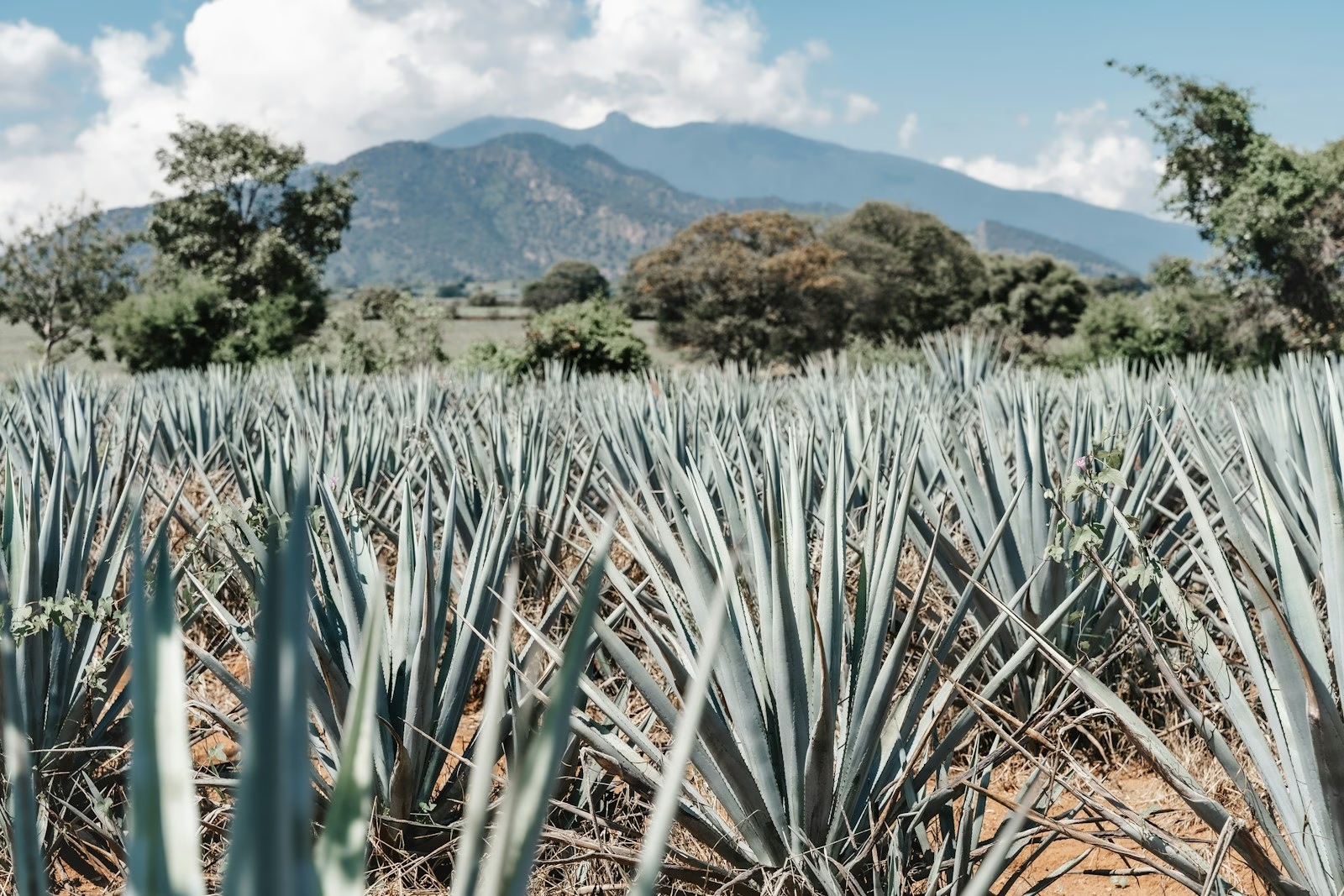
Agave: The Versatile Plant
The Agave plant, a member of the Asparagaceae family, is predominantly known for its diverse applications, ranging from culinary to medicinal uses. This succulent is native to various regions, particularly in Mexico and the southwestern United States, where it has been an essential component of traditional medicine and local cuisine for centuries. The fibrous leaves of the Agave species contain numerous beneficial properties, making them a popular choice in both health and culinary circles.
One of the most notable health benefits of Agave is its favorable effect on digestion. The plant is high in dietary fiber, which aids in promoting healthy bowel movements and preventing constipation. Additionally, Agave contains inulin, a type of prebiotic fiber that supports the growth of beneficial gut bacteria, contributing to improved digestive health. Regular consumption of Agave-derived products can help enhance the overall functioning of the digestive system.
Traditionally, Agave has also been utilized for its medicinal properties in various cultures. The sap of the Agave plant is commonly used to treat wounds and burns due to its natural antiseptic qualities. The gel extracted from the leaves can be applied topically to soothe skin irritations and alleviate minor injuries. Furthermore, some studies suggest that the antioxidants found within Agave can play a role in reducing inflammation and protecting the body against oxidative stress, further showcasing its versatility as a healing agent.
In culinary applications, Agave nectar has gained popularity as a natural sweetener, often utilized as a healthier substitute for sugar and high-fructose corn syrup. Its low glycemic index makes it a favorable option for individuals looking to manage blood sugar levels while still enjoying the sweetness in their diet.
In conclusion, the Agave plant stands out not only for its adaptability in various applications but also for its impressive health benefits. Whether consumed or applied topically, Agave demonstrates significant potential as a remedy for digestive issues while holding a revered place in traditional medicinal practices.

Sedum: Nature’s Antiseptic
Succulents, particularly those belonging to the Sedum genus, are renowned for their unique appearance and remarkable health benefits. Among the numerous species of Sedum, Sedum acre, Sedum morganianum, and Sedum telephium stand out due to their medicinal properties. These plants, commonly referred to as stonecrops, have been utilized in traditional medicine for centuries, especially for their antiseptic qualities.
The antiseptic properties of Sedum make it an ideal choice for promoting wound healing. When applied topically, the gel-like sap extracted from the leaves of Sedum contains compounds that can help disinfect minor cuts and abrasions. This natural treatment has been favored in folk remedies, reflecting the plant’s historical significance in managing skin injuries. In addition to its application in wound care, Sedum has a soothing effect on skin irritations and can assist in reducing inflammation.
Moreover, Sedum is not only a topical healer but also offers nutritional value. The leaves of certain Sedum species, such as Sedum rubrotinctum, are edible and can be consumed safely. They provide essential vitamins and minerals, contributing to overall well-being. The slight tanginess of these leaves makes them an interesting addition to salads or as a garnish, enhancing both culinary practices and nutritional intake.
In terms of home remedies, the infusion of Sedum has been employed in traditional practices for alleviating common ailments such as respiratory issues or digestive discomfort. The infusion harnesses the plant’s medicinal properties, allowing individuals to benefit from its natural healing capabilities.
In summary, Sedum plants serve as a multifaceted resource, offering antiseptic benefits and nutritional advantages that have been recognized across cultures. Embracing Sedum in both medicinal and dietary practices can enrich one’s holistic approach to health and healing.
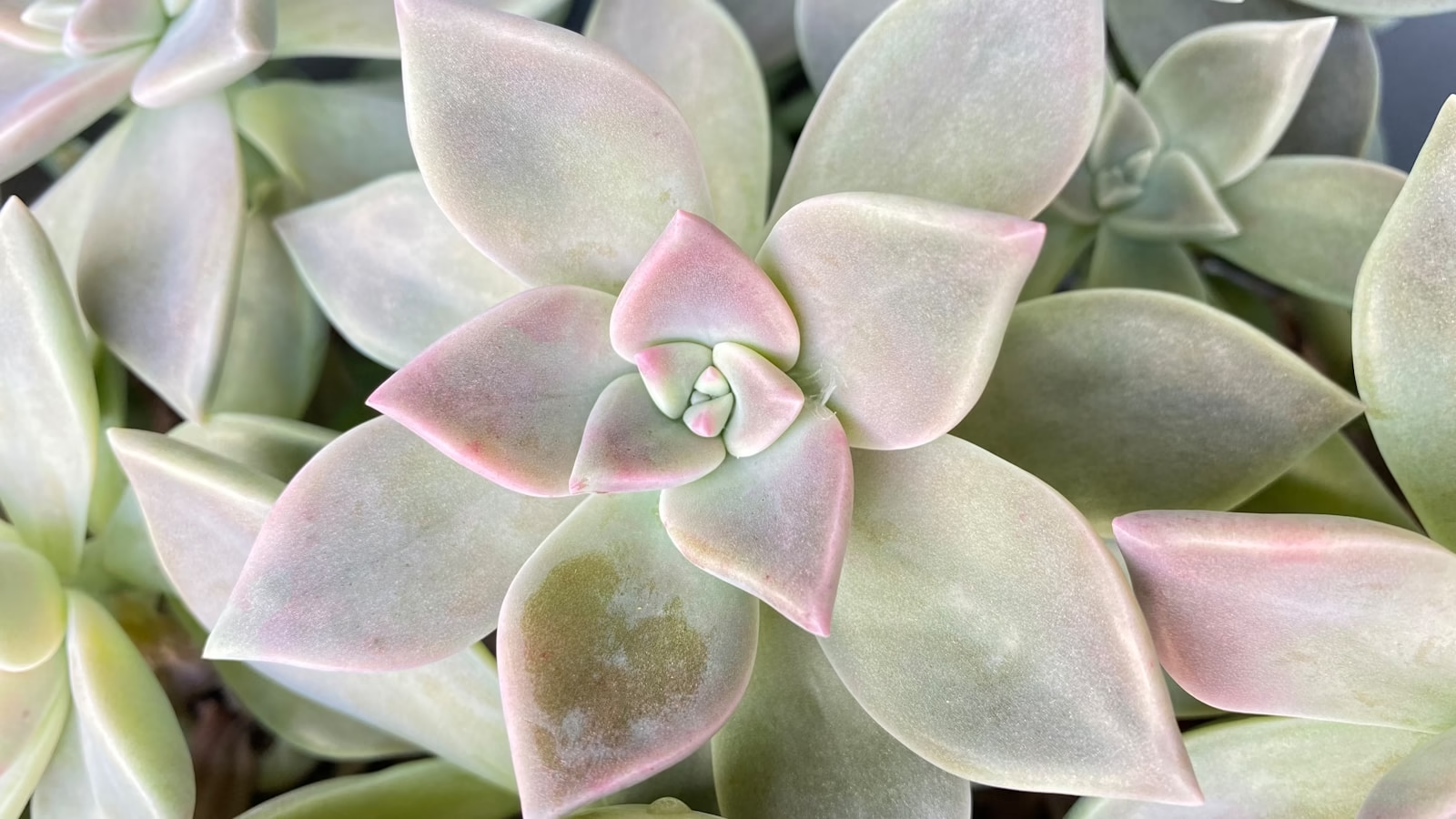
Echeveria: The Beauty with Benefits
Echeveria, a genus of succulent plants belonging to the Crassulaceae family, is well-known for its stunning rosettes and vibrant hues. These aesthetically appealing plants are not only a visual delight but also offer a variety of medicinal benefits, particularly in traditional remedies. The fleshy leaves of Echeveria are rich in water and can provide soothing properties for skin-related issues like burns, cuts, and itchiness, making them a valuable addition to any household garden.
In traditional medicine, Echeveria is often utilized for its anti-inflammatory and moisturizing properties. When applied topically, the sap from the leaves can help alleviate the discomfort associated with minor skin irritations. The gentle nature of this plant makes it suitable for all skin types, including sensitive skin. Furthermore, due to its rich antioxidant content, Echeveria can aid in promoting skin health and can be an effective remedy against dryness when used as a natural moisturizer.
To enjoy the myriad benefits of Echeveria, proper care is essential. These succulents thrive in well-draining soil and require minimal watering; overwatering can lead to root rot, a common issue among succulent enthusiasts. It is best to place Echeveria in a sunny spot, ensuring they receive several hours of indirect sunlight daily. During the growing season, which typically spans from spring to summer, occasional fertilization with a diluted all-purpose succulent fertilizer can encourage optimal growth and health.
As a versatile plant, Echeveria serves both ornamental and therapeutic purposes, embodying the qualities of beauty and utility. Its easy care regimen makes it an ideal choice for novice gardeners and succulent aficionados alike. Understanding how to nurture Echeveria effectively allows individuals to harness its healing properties, bringing nature’s remedy right into their homes.
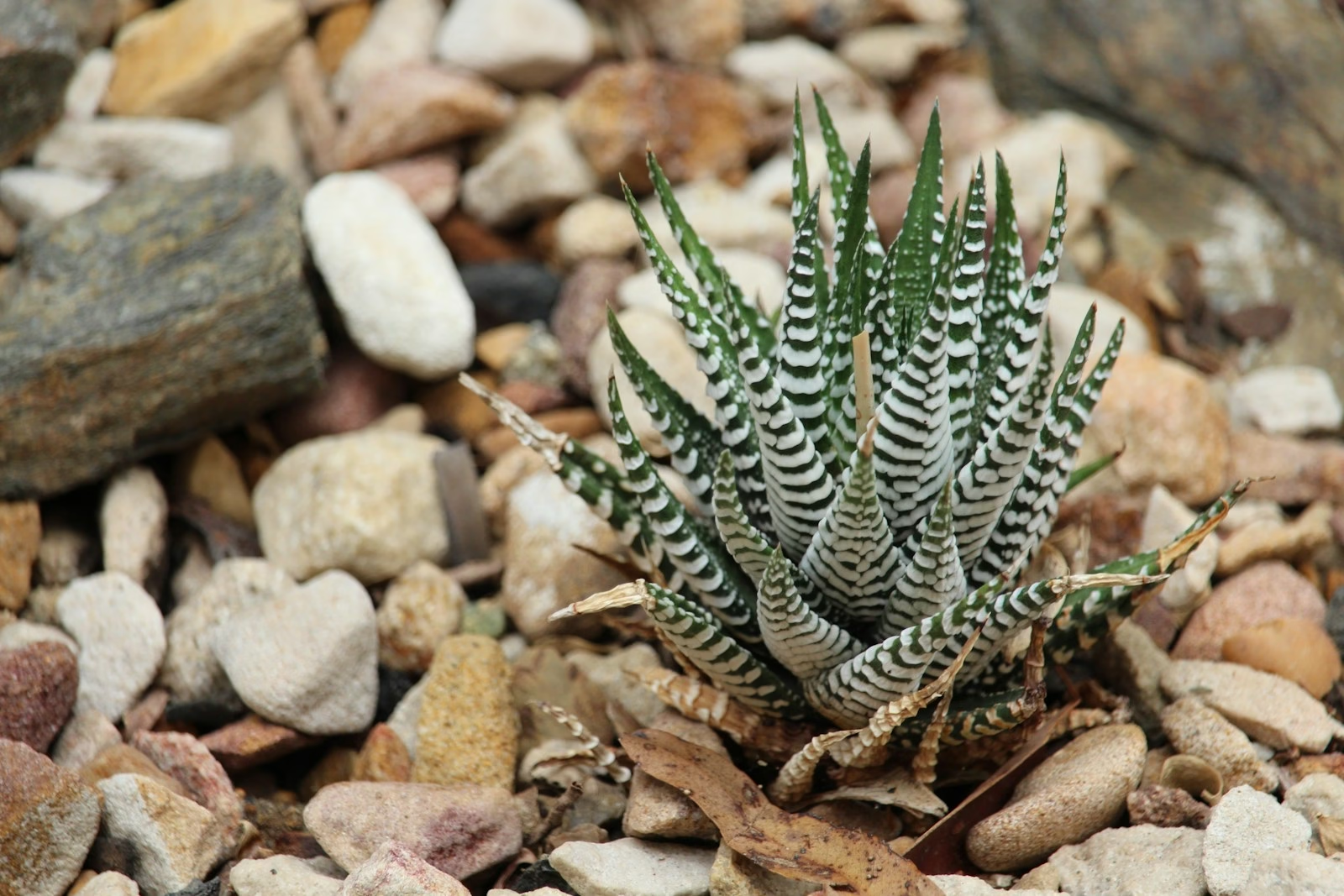
Haworthia: The Lesser-known Healer
Haworthia, a genus of succulent plants native to South Africa, may not be as widely recognized as some of its botanical counterparts, yet it offers a myriad of healing properties that can benefit both the body and mind. This resilient succulent is particularly admired for its ability to thrive under minimal care, making it an ideal choice for both novice and experienced plant enthusiasts. Its attractive rosettes and diverse form also add aesthetic value to any indoor garden or living space.
One of the most noteworthy aspects of Haworthia is its potential for detoxification. The plant is believed to possess cleansing properties that can aid in the removal of toxins from the body. Some users suggest that incorporating Haworthia into a wellness routine involves using its leaves in juice or smoothies. This practice is thought to infuse the drink with beneficial nutrients and enzymes that promote overall health and vitality. Additionally, the plant’s water-storing capabilities allow it to withstand periods of drought, which aligns with the principle of survival against adversity, providing an insight into its symbolic value in healing practices.
Moreover, Haworthia has therapeutic benefits concerning skin treatment. Its gel-like sap can be applied topically to soothe irritations and foster healing in minor wounds or burns. The presence of vitamins, minerals, and antimicrobial properties in its sap makes it an effective natural remedy for various skin conditions. Regular application of Haworthia gel can help enhance skin hydration and restore its natural glow.
Thus, while Haworthia may not command the same attention as more mainstream succulents, its health-enhancing attributes and simplicity of care merit recognition. This lesser-known healer is a valuable addition to any collection, proving that even humble plants can offer profound therapeutic benefits.
How to Incorporate Succulents into Your Wellness Routine
Succulents offer a unique blend of aesthetic appeal and potential health benefits, making them a valuable addition to any wellness routine. To effectively incorporate these plants into your daily life, one can utilize a variety of methods that highlight their medicinal properties while promoting overall well-being.
One of the most direct ways to benefit from succulents is by creating home remedies. For example, the gel derived from aloe vera, a popular succulent, can be applied topically to soothe minor burns, cuts, or skin irritations. This natural remedy is not only effective but also free from harsh chemicals, aligning with a holistic approach to health. Additionally, certain succulent juices can support digestion when consumed in moderation, providing another avenue for wellness that harnesses the power of nature.
Incorporating succulents into your skincare routine is another excellent approach. Plants like Echeveria or Sedum can be blended into homemade face masks, offering hydration and nourishment to the skin. The high moisture content of these succulents helps to alleviate dryness, making them suitable for various skin types. It is advisable to perform a patch test before full application to ensure compatibility with your skin.
Moreover, caring for succulents themselves can be a meditative practice, contributing to mental wellness. Cultivating these plants requires attention, patience, and a gentle touch, which can serve as a form of mindfulness. Ensuring your succulents receive adequate sunlight, water, and proper drainage not only keeps them thriving but also fosters a sense of responsibility and accomplishment that enhances emotional health.
In summary, by creatively using succulents in home remedies and skincare, along with nurturing them as part of your daily routine, one can significantly enhance their overall wellness practices.



